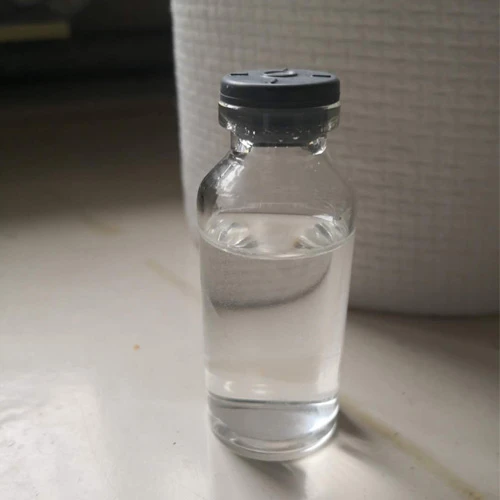Chemical Oxidation in Water Treatment Enhancing Water Quality through Innovative Techniques
Water is a fundamental resource essential for life, yet its quality can be compromised by various pollutants. Chemical oxidation, a prominent method in water treatment, plays a crucial role in addressing these contaminants, ensuring the delivery of safe and clean drinking water. By utilizing powerful oxidizing agents, this process effectively breaks down harmful substances, making it an invaluable tool in modern water purification strategies.
Chemical oxidation involves the application of oxidizing agents to water, which react with pollutants to transform them into less harmful or more easily removable compounds. Among the most common oxidizing agents used in water treatment are chlorine, ozone, hydrogen peroxide, and potassium permanganate. Each of these agents has unique properties that make them suitable for different types of contaminants, ranging from organic compounds to microorganisms.
One of the primary advantages of chemical oxidation is its effectiveness in eliminating organic pollutants, such as pesticides, pharmaceuticals, and industrial chemicals. For instance, chlorine is widely used in disinfection processes, as it not only kills bacteria and viruses but can also oxidize certain organic compounds. However, while chlorine is effective, it can lead to the formation of harmful by-products, such as trihalomethanes, if not managed carefully. Hence, it is critical to monitor the residual levels of chlorine during treatment to minimize potential health risks.
Ozone, another powerful oxidizing agent, is increasingly popular in water treatment. It is generated on-site and does not produce long-lasting harmful by-products, making it an environmentally friendly option. Ozone is particularly effective in breaking down complex organic molecules and is also adept at removing taste and odor from water. However, ozone's instability and potential toxicity at high concentrations necessitate careful handling and application, which requires specialized equipment and trained personnel.
chemical oxidation in water treatment

Hydrogen peroxide is often utilized in conjunction with other oxidizing agents to enhance treatment processes. When combined with catalysts, it can effectively degrade various organic contaminants and even certain inorganic substances. This advanced oxidation process (AOP) is gaining traction as it improves treatment efficiency while reducing the chemical footprint on the environment. By promoting the generation of hydroxyl radicals, one of the most powerful oxidizing agents, AOP not only accelerates the degradation of contaminants but also reduces sludge production compared to traditional methods.
Moreover, potassium permanganate is frequently used for the oxidation of iron and manganese in water supplies, which can lead to discoloration and taste issues. It is an effective solution for taste and odor problems caused by specific compounds and acts as a strong oxidizer, albeit with limitations regarding its residual effects in treated water.
The implementation of chemical oxidation in water treatment does come with challenges. The choice of oxidizing agent depends on several factors, including the type and concentration of contaminants present, regulatory requirements, and operational costs. Moreover, proper treatment methods must be developed to prevent the generation of harmful by-products and ensure the safety and sustainability of water supplies.
In conclusion, chemical oxidation is a vital process in modern water treatment, offering effective solutions to a wide range of contaminants. By utilizing various oxidizing agents, water treatment facilities can enhance water quality and protect public health. As research and technology continue to evolve, the potential for chemical oxidation in water treatment will grow, paving the way for safer and more sustainable water management practices. By embracing these innovative techniques, we can ensure access to clean drinking water for present and future generations.

